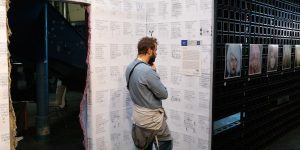art and science
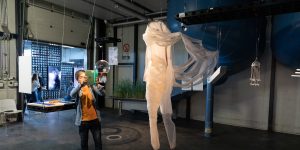
Space Exploration Initiative
MIT Media Lab (US), Xin Liu (CN)
In the past, the desire for exploration and expansion had a profound impact on how we imagined planetary futures. What shall we imagine now? In this exhibition, six projects from the Space Exploration Initiative of MIT Media Lab are asking the same question and bringing possibilities to the (im)possible space: All the projects were successfully deployed and performed in a zero-gravity parabolic flight last year. They are hopes beyond solutions, imaginations, more than facts.

Smart Traffic – Augmented Cyclists meet Automated Vehicles
CARISSMA — Center of Automotive Research on Integrated Safety Systems and Measurement Area, Technische Hochschule Ingolstadt (DE)
How will city life be in a world controlled by intelligent and cooperative transportation systems? Experience future traffic as either a cyclist or an operator of an automated vehicle in an immersive virtual world, and become part of a real scientific experiment addressing traffic safety.
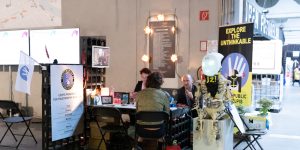
Republik Užupis
Max Haarich (DE), Rafael Hostettler (CH)
The Munich embassy of the Lithuanian artist republic Užupis brings together cutting-edge AI engineers, rebellious artists and high-ranking policy makers to promote innovations that are more accessible, inspired and ethical. The embassy is one of the rare arts-related initiatives actively engaging in international policy design for AI. We employ the first artificially intelligent diplomat, Roboy.

Particle Post
Yuri Tanaka (JP), Pavle Dinulović (RS), Umut Kose (TR), Chris Bruckmayr (AT)
Receiving cosmic muons through a scintillator detector, the postbox subtly emits sound and light as a direct consequence of every particle it detects. It is through this process that the implied aesthetics of the unperceivable are explored, as are the means by which it could be indirectly appreciated in different ways through the bodies and minds of humans.
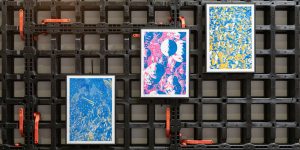
Distinction Machine
Kim Albrecht (DE)
What can and can’t be expressed through the digital devices that have became so ubiquitous to us today? This visual experiment will ask a computer to perform a task that is, mathematically and computationally, very simple, but confronts the machine with a manifestation problem. The vagueness of our world, its in-betweenness, cannot be computed.
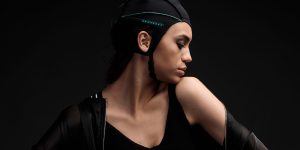
Unicorn – The Brain Interface
g.tec medical engineering GmbH (AT)
The Unicorn Hybrid Black is a high-quality wearable EEG-headset for Brain-Computer Interface (BCI) applications to perfectly acquire brain waves.

Bugfix the Brain
g.tec medical engineering GmbH (AT)
Imagine being able to think, hear, and feel – but not to move or communicate. The exhibition Bugfix the Brain focuses on patients who suffer from motor disabilities due to stroke or disorders of consciousness and shows state-of-the-art rehabilitation and assessment tools based on Brain-Computer Interfaces. Neurologists, physical therapists, caregivers and patients are welcome to test these brain rehabilitation technologies on themselves.
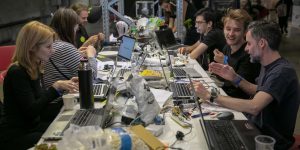
BR41N.I0 Hackathon
g.tec medical engineering GmbH (AT)
The BR41N.IO Hackathon brings together engineers, programmers, designers, artists and/or enthusiasts, who collaborate intensively as an interdisciplinary team. Each team must design and build a unique, playful and wearable headpiece that can measure useful EEG signals in real-time to create any sort of interaction.

The Practice of Art and Science
Since the inception of the Ars Electronica Festival in 1979 by artist Hubert Bognermayr, scientist Herbert W. Franke and journalist Hannes Leopoldseder, art and science have always been a focal point of Ars Electronica. The artistic exploration of new applications, is a key factor in the increasingly social dimension of new technologies in order to comprehend how reciprocal human-machine relationships and interactions among individuals and globally networked systems can not only be better understood but, above all, better designed.
